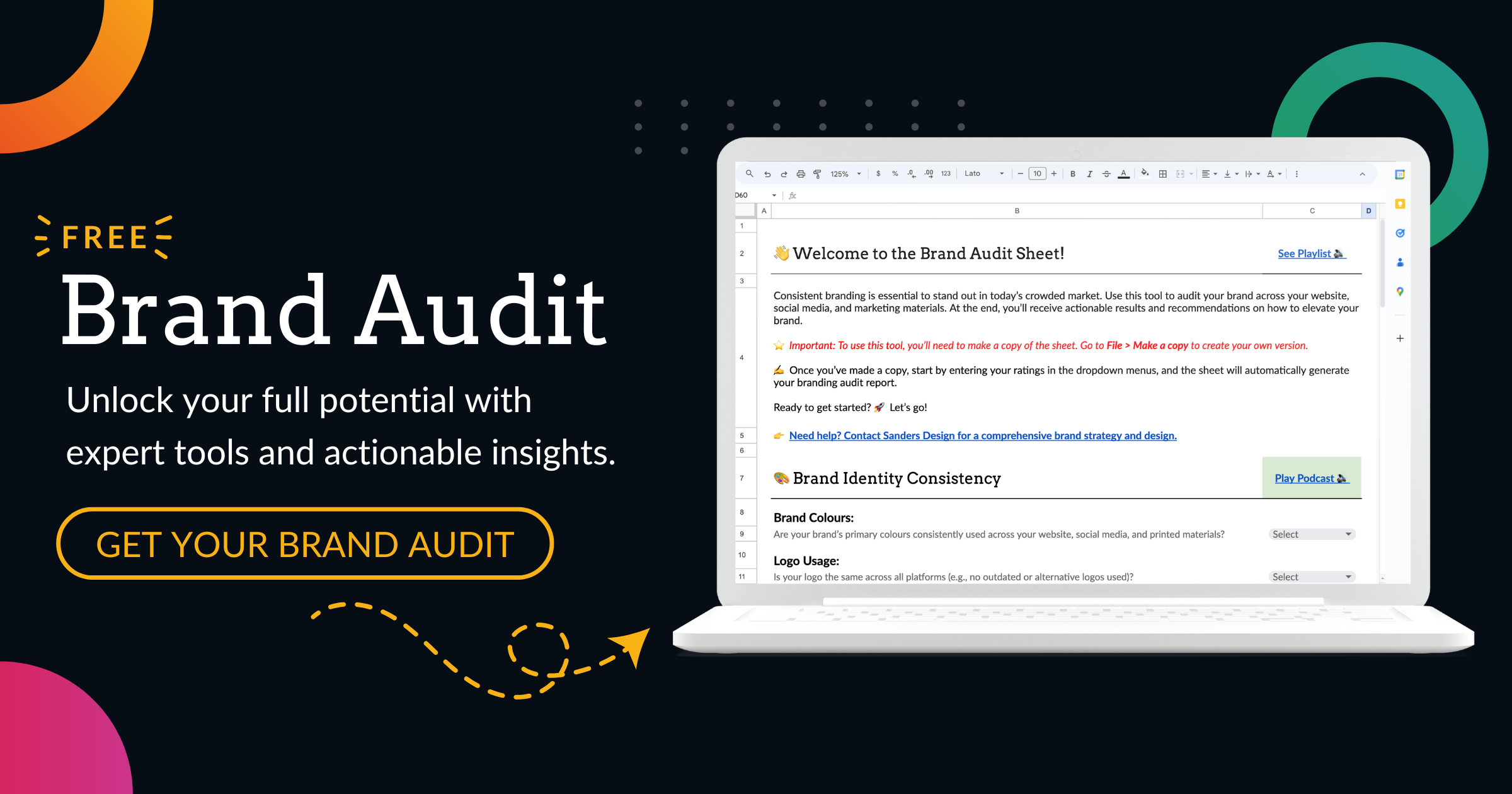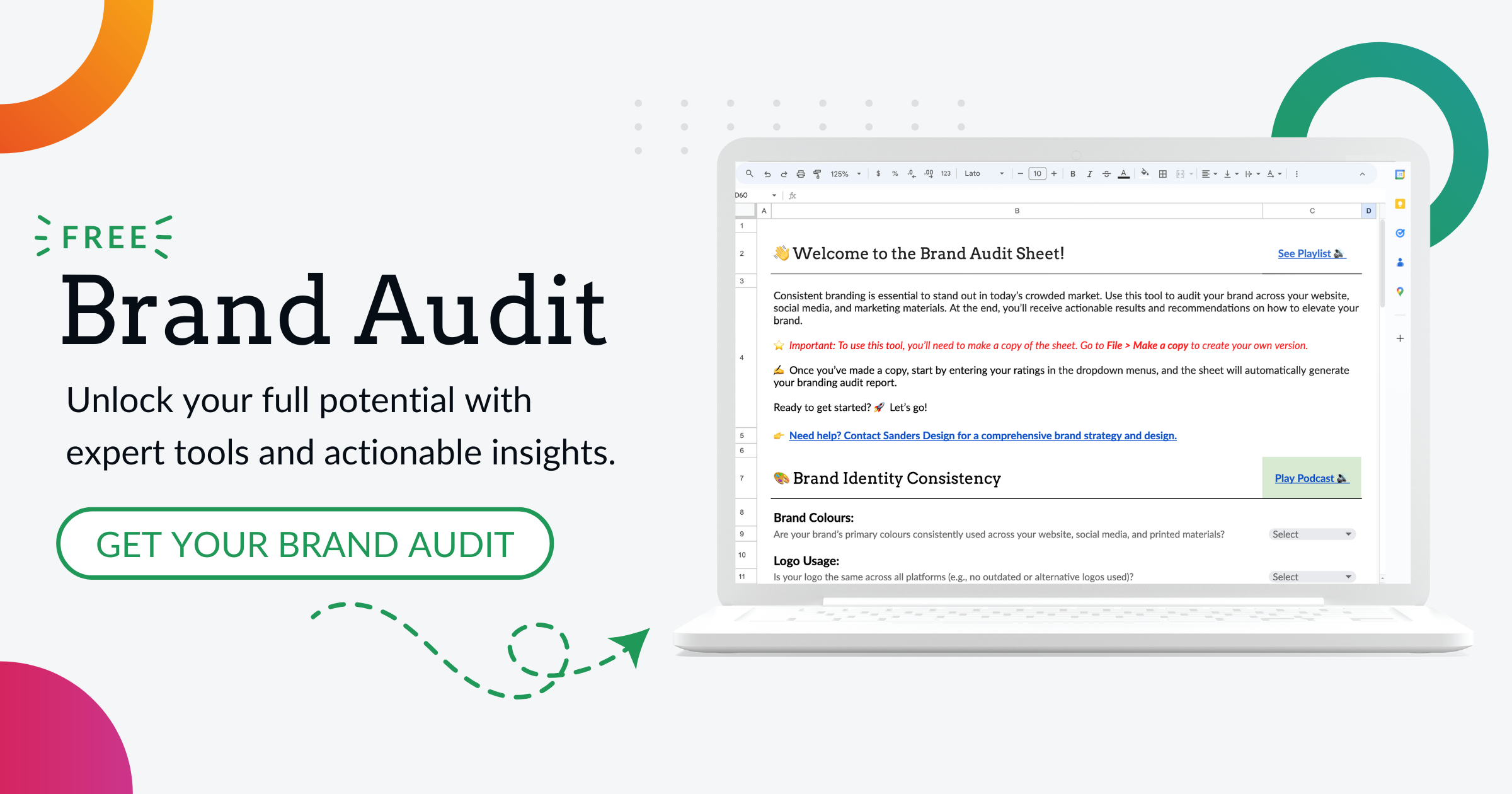Transform Your Online Presence with Exceptional Web Design in Yate

Vital for the triumph of small businesses in Yate, a website acts as the online face of a company and is often the first touchpoint for potential customers. To leave a memorable impression, exceptional web design is key. Elevate your brand, captivate your audience, and make your mark in the digital world!
The design of a website plays a significant role in attracting and retaining visitors. A poorly designed website can drive potential customers away, while a well-designed one can engage and convert them into loyal customers. A visually appealing and user-friendly website can create a positive user experience, build trust, and establish credibility for a small business.
Furthermore, a well-designed website can significantly impact a business’s online presence. It can improve search engine rankings, increase organic traffic, and enhance brand visibility. With more people turning to the internet to find products and services, having an exceptional web design is essential for small businesses in Yate to stand out from the competition and thrive in the digital marketplace.
The Advantages of Using WordPress for Your Website Design
WordPress is a popular choice for website design, and for good reason. It is a versatile and user-friendly content management system (CMS) that allows small businesses in Yate to create and manage their websites easily.
One of the main benefits of using WordPress is its flexibility. It offers a wide range of themes and plugins that can be customised to suit the unique needs and branding of a small business. Whether it’s an e-commerce site, a blog, or a portfolio website, WordPress provides the tools and features necessary to create a professional-looking website.
Another advantage of using WordPress is its search engine optimisation (SEO) capabilities. WordPress websites are built with clean code and have built-in SEO features that make it easier for search engines to crawl and index the site. This can improve the website’s visibility in search engine results and drive more organic traffic.
Additionally, WordPress is known for its strong community support. There are countless online resources, forums, and tutorials available to help small businesses in Yate navigate and optimise their WordPress websites. This makes it easier for businesses to maintain and update their websites without the need for extensive technical knowledge.

WooCommerce: The Perfect E-Commerce Solution for Small Businesses
For small businesses in Yate looking to sell products or services online, WooCommerce is the perfect e-commerce solution. WooCommerce is a plugin for WordPress that transforms a website into a fully functional online store.
One of the advantages of using WooCommerce is its ease of use. It provides a user-friendly interface that allows small businesses to manage their products, inventory, and orders with ease. It also offers a wide range of customisation options, allowing businesses to create a unique and personalised online shopping experience for their customers.
Another advantage of using WooCommerce is its scalability. Whether a small business has just a few products or a large inventory, WooCommerce can handle it all. It can accommodate businesses of all sizes and grow with them as their needs evolve.
WooCommerce also offers various payment gateways and shipping options, making it convenient for customers to make purchases and receive their orders. It also provides built-in marketing tools such as discount codes, product reviews, and upsells, allowing small businesses to promote their products and increase sales.
How to Choose the Right Web Design Agency in Yate for Your Small Business
Choosing the right web design agency is crucial for small businesses in Yate to achieve exceptional web design. Here are some tips to help businesses make the right choice:
1. Define your goals: Before selecting a web design agency, it’s important to have a clear understanding of your business goals and what you want to achieve with your website. This will help you find an agency that aligns with your vision and can deliver the desired results.
2. Look at their portfolio: Review the agency’s portfolio to get a sense of their design style and capabilities. Look for examples of websites they have designed for businesses similar to yours. This will give you an idea of their expertise and whether they can meet your specific needs.
3. Consider their experience and expertise: Find out how long the agency has been in business and what kind of experience they have in web design. Look for agencies that specialise in small business web design and have a track record of delivering exceptional results.
4. Check client testimonials and reviews: Read reviews and testimonials from past clients to get an idea of the agency’s reputation and the quality of their work. This will give you insights into their professionalism, communication skills, and ability to meet deadlines.
5. Evaluate their communication and customer service: Communication is key when working with a web design agency. Make sure they are responsive, attentive, and willing to listen to your ideas and concerns. A good agency should also provide ongoing support and maintenance for your website.
The Elements of Exceptional Web Design: A Comprehensive Guide
Exceptional web design is more than just aesthetics; it encompasses various elements that contribute to a website’s success. Here is a comprehensive guide on the essential elements of exceptional web design:
1. Visual appeal: A visually appealing website captures the attention of visitors and creates a positive first impression. It involves using high-quality images, colour schemes that align with the brand, and a clean and organised layout.
2. User-friendly navigation: Easy navigation is crucial for a positive user experience. Visitors should be able to find what they are looking for quickly and easily. This involves clear menus, intuitive navigation bars, and well-organised content.
3. Responsive design: With the increasing use of mobile devices, having a responsive website is essential. A responsive design ensures that the website adapts to different screen sizes, providing an optimal viewing experience across all devices.
4. Clear and concise content: Content plays a vital role in engaging visitors and conveying the brand’s message. It should be clear, concise, and easy to read. The use of headings, subheadings, bullet points, and white space can help improve readability.
5. Call-to-action (CTA) buttons: Effective CTAs guide visitors towards taking a desired action, such as making a purchase or filling out a contact form. They should be strategically placed, visually appealing, and clearly communicate the desired action.
6. Loading speed: Slow loading times can drive visitors away. Optimising images, minimising code, and using caching techniques can help improve a website’s loading speed.
7. Search engine optimisation (SEO): A well-designed website should be optimised for search engines to improve its visibility in search engine results. This involves using relevant keywords, meta tags, and optimising page titles and descriptions.
8. Social media integration: Integrating social media into a website’s design allows visitors to easily share content and engage with the brand on various platforms. This can help increase brand visibility and drive traffic to the website.
9. Accessibility: A website should be accessible to all users, including those with disabilities. This involves using alt tags for images, providing captions for videos, and ensuring that the website is compatible with screen readers.
10. Analytics and tracking: Implementing analytics tools allows businesses to track website performance, monitor user behaviour, and make data-driven decisions to improve the website’s effectiveness.
The Benefits of Responsive Web Design for Your Small Business
Responsive web design is essential for small businesses in Yate for several reasons:
1. Improved user experience: A responsive website provides an optimal viewing experience across all devices, ensuring that visitors can easily navigate and interact with the site regardless of the device they are using. This improves user satisfaction and encourages them to stay longer on the site.
2. Increased mobile traffic: With the increasing use of smartphones and tablets, mobile traffic has become a significant portion of website traffic. A responsive design ensures that the website is accessible and user-friendly on mobile devices, allowing businesses to reach a larger audience.
3. Better search engine rankings: Search engines prioritise mobile-friendly websites in their search results. Having a responsive website can improve search engine rankings, leading to increased organic traffic and visibility.
4. Cost-effective: Maintaining separate desktop and mobile versions of a website can be time-consuming and costly. A responsive design eliminates the need for multiple versions, making it more cost-effective for small businesses.
5. Future-proof: As new devices with different screen sizes and resolutions are introduced, a responsive design ensures that the website will adapt and remain functional on these devices. This future-proofs the website and saves businesses from having to redesign it every time a new device is released.

How to Optimise Your Website for Search Engines with Effective Web Design
Web design plays a crucial role in search engine optimisation (SEO). Here are some tips on how to optimise your website’s design for better SEO results:
1. Use clean code: Clean code makes it easier for search engines to crawl and index your website. Avoid using excessive JavaScript or Flash, as they can slow down the loading speed and make it difficult for search engines to read your content.
2. Optimise page titles and meta descriptions: Page titles and meta descriptions are important elements that appear in search engine results. Use relevant keywords in your page titles and meta descriptions to improve your website’s visibility in search engine rankings.
3. Use heading tags: Heading tags (H1, H2, H3, etc.) help structure your content and make it easier for search engines to understand the hierarchy of information on your website. Use relevant keywords in your heading tags to improve SEO.
4. Optimise images: Images can enhance the visual appeal of your website, but they can also slow down the loading speed if not optimised. Compress images to reduce file size and use descriptive alt tags to provide context for search engines.
5. Create a sitemap: A sitemap is a file that lists all the pages on your website and helps search engines understand its structure. Submitting a sitemap to search engines can improve the indexing of your website and make it easier for search engines to crawl.
6. Mobile optimisation: As mentioned earlier, having a responsive design is crucial for SEO. Search engines prioritise mobile-friendly websites in their rankings, so make sure your website is optimised for mobile devices.
7. Improve loading speed: Slow loading times can negatively impact user experience and SEO. Optimise your website’s loading speed by compressing images, minimising code, and using caching techniques.
8. Use internal linking: Internal linking helps search engines discover and index more pages on your website. Link relevant pages together using anchor text that includes relevant keywords.
9. Optimise URLs: Use descriptive URLs that include relevant keywords instead of generic ones. This helps search engines understand the content of your pages and improves SEO.
10. Monitor and analyse: Use analytics tools to monitor your website’s performance, track keyword rankings, and identify areas for improvement. Regularly analyse your data to make data-driven decisions and optimise your website for better SEO results.
The Role of Social Media in Web Design for Small Businesses in Yate
Integrating social media into a website’s design is essential for small businesses in Yate to maximise their online presence and engage with their target audience. Here are some tips on how to effectively incorporate social media into a website’s design:
1. Social media buttons: Place social media buttons prominently on your website to encourage visitors to follow or share your content on various platforms. These buttons should be visually appealing and easily recognizable.
2. Social media feeds: Embedding social media feeds on your website allows visitors to see your latest posts and updates without leaving the site. This can help increase engagement and drive traffic to your social media profiles.
3. Social sharing buttons: Include social sharing buttons on your blog posts or product pages to make it easy for visitors to share your content on their own social media profiles. This can help increase brand visibility and drive more traffic to your website.
4. Social media login: Allow visitors to log in or sign up using their social media accounts. This eliminates the need for them to create a new account and makes it easier for them to engage with your website.
5. Social media integration in comments: If you have a blog or allow comments on your website, consider integrating social media login or sharing options into the comment section. This can encourage visitors to leave comments and share their thoughts on social media.
6. Social media icons in email signatures: Include social media icons in your email signatures to encourage recipients to connect with you on social media. This can help increase your social media following and drive more traffic to your website.
7. Social proof: Displaying social proof, such as the number of followers or positive reviews on social media, can build trust and credibility for your brand. Consider incorporating social proof into your website’s design to enhance its effectiveness.
8. Social media widgets: Use social media widgets to display your latest tweets, Instagram photos, or Facebook posts on your website. This can provide visitors with real-time updates and encourage them to engage with your social media profiles.
The Impact of User Experience on Your Website’s Success
User experience (UX) plays a crucial role in the success of a website. It encompasses various factors that contribute to how users perceive and interact with a website. Here is why UX is important and how to improve it:
1. Importance of UX: A positive user experience can lead to increased engagement, higher conversion rates, and improved customer satisfaction. On the other hand, a poor user experience can drive visitors away and negatively impact a business’s online reputation.
2. User research: Conduct user research to understand your target audience’s needs, preferences, and pain points. This will help you design a website that meets their expectations and provides a seamless user experience.
3. Clear navigation: Make sure your website has clear and intuitive navigation that allows visitors to find what they are looking for quickly and easily. Use descriptive labels, logical menu structures, and breadcrumbs to guide users through your website.
4. Responsive design: As mentioned earlier, having a responsive design is crucial for providing a positive user experience across all devices. Ensure that your website is optimised for mobile devices to accommodate the increasing number of mobile users.
5. Fast loading speed: Slow loading times can frustrate users and lead to high bounce rates. Optimise your website’s loading speed by compressing images, minimising code, and using caching techniques.
6. Readability: Make sure your content is easy to read by using legible fonts, appropriate font sizes, and sufficient contrast between text and background colours. Break up long paragraphs with headings, subheadings, and bullet points to improve readability.
7. Visual hierarchy: Use visual hierarchy to guide users’ attention and highlight important information. Use larger fonts, bold or italicized text, and contrasting colours to make important elements stand out.
8. Consistency: Maintain consistency in design elements such as colours, fonts, and layouts throughout your website. This creates a cohesive and familiar user experience for visitors. When elements are consistent, users can easily navigate and understand the website’s structure. Consistency also helps to establish a brand identity and reinforces the website’s credibility.

By using the same colours, fonts, and layouts across different pages, users can quickly recognise and associate these design elements with your brand. This not only enhances the overall aesthetics of the website but also improves usability and user satisfaction. Additionally, consistency in design elements helps to create a sense of professionalism and trustworthiness, making visitors more likely to engage with your content and take desired actions.
If you’re interested in web design in Yate, you might also want to check out this informative article on the best fonts for web design. Choosing the right font can greatly impact the overall look and feel of a website, so it’s important to make informed decisions. This article from Sanders Design explores various font options and provides valuable insights for creating visually appealing and user-friendly websites. Read more


Author: Martin Sanders
I empower businesses to connect with their customers and boost sales. Ready to take your revenue to new heights? Get in touch with me today, and let’s make it happen!


